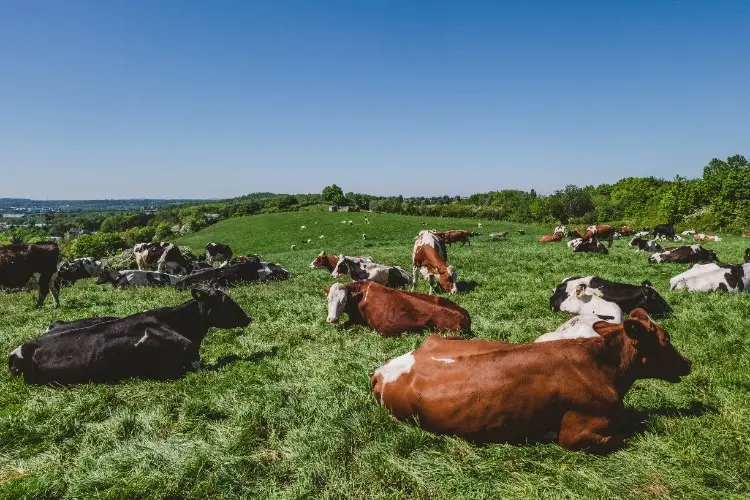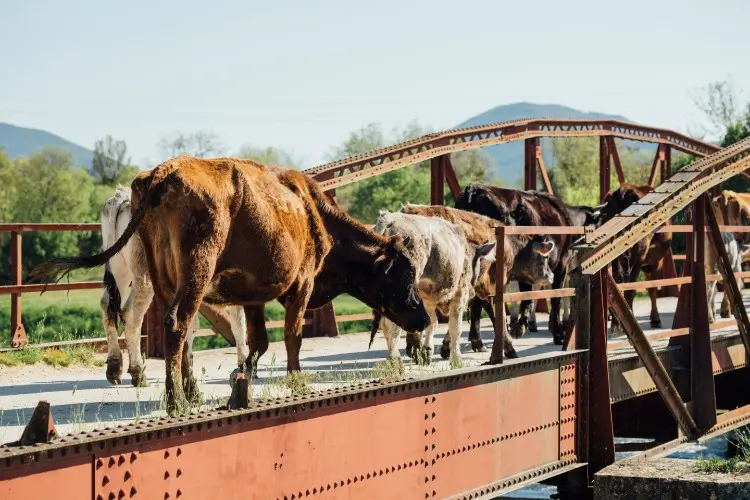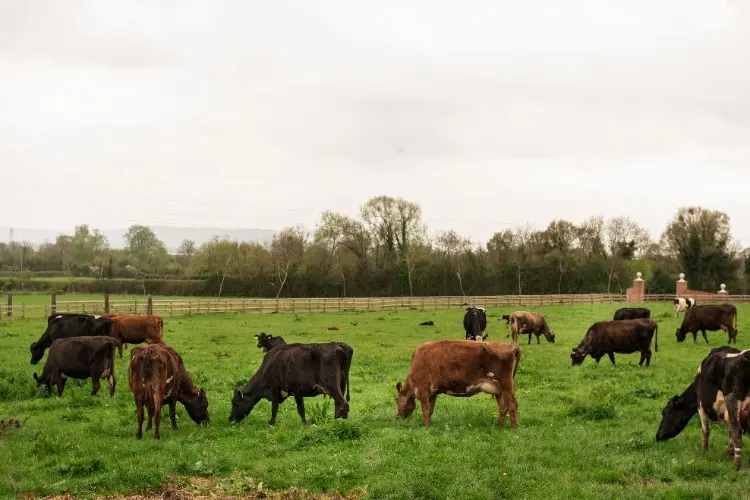Clean Barns Happy Herds
Why Clean Barns Keep Herds Strong
We know animals thrive in clean spaces. A dirty barn invites germs that spread faster than gossip in small towns.
Without a strong disinfectant for livestock, we risk outbreaks, lower productivity, and higher medical bills. Clean barns do not just smell better. They protect both our animals and our livelihoods.

What Makes a Disinfectant Farm-Ready
Not all cleaners earn a spot on the farm. A disinfectant for livestock must tick several boxes before we trust it around animals.
Key Qualities Farmers Look For
· Effective against bacteria, viruses, and fungi
· Gentle enough for skin and hooves
· Safe for food contact surface areas
· Affordable and easy to apply daily
· Eco-friendly with no toxic residue
Risks of Ignoring Proper Disinfection
· Sick animals that eat less and grow slower
· Contaminated food supplies
· Extra costs for treatment and medicine
· Stress that spreads across the farm

The Role of HOCl Generator Machine
We once used harsh chemicals but quickly grew tired of their side effects. Then came the HOCl Generator Machine. It creates a steady supply of electrolyzed water that works as a natural disinfectant.
Generating Hypochlorous Acid with Ease
The process looks complex but feels simple. Add salt water to the machine. The electrolysis cell splits the molecules and starts generating hypochlorous acid HOCl. The output is fresh disinfectant ready for barns, feeders, and even milking stations.
Why We Trust HOCl on Our Farms
· Made on-site with no storage risks
· Works quickly against tough pathogens
· Safe for people and animals alike
· Breaks down into water after use
· Approved for use in food safety programs
Practical Uses Around the Barn
We apply electrolyzed water everywhere. It keeps barns cleaner and animals healthier.
Everyday Cleaning Tasks
· Spraying barn walls and floors
· Washing feeding troughs and drinkers
· Cleaning boots, gloves, and tools
· Misting air for fresher barns
· Disinfecting food contact surface areas
Results We Notice Immediately
· Healthier animals with fewer infections
· Less odor inside pens
· Shorter cleaning times
· Staff feel safer without harsh fumes

Comparing HOCl to Traditional Chemicals
Farmers often ask if HOCl really beats old-school disinfectants. Here is what we have seen.
Downsides of Harsh Chemicals
· Strong odors stress animals
· Residue that risks food safety
· Corrosion of metal and pipes
· Higher cost for safe storage and handling
Why HOCl Machines Win
· Use only salt water and electricity
· Produce disinfectant fresh every day
· Require no protective gear for workers
· Deliver better long-term savings
Surprising Benefits We Did Not Expect
At first, we thought HOCl worked only for cleaning. Then we saw more.
Farmers used it on minor wounds. They misted barns in hot summers to calm animals. Some even noticed quicker recovery from skin issues. One solution gave us more value than expected.
How to Use HOCl Effectively
We follow a simple routine to make sure we get the most from our HOCl Generator Machine.
Step-by-Step Guide
1. Fill the machine with clean salt water
2. Run the electrolysis cell to generate solution
3. Collect electrolyzed water in sprayers
4. Apply daily on barns and tools
5. Keep a record of disinfection sessions
Tips for Best Results
· Always use fresh solution
· Store it away from direct sunlight
· Train staff in proper spraying methods
· Check pH levels for balanced strength
Why Shine Machines Stand Out
We build machines that work hard because we know farmers do the same. Our HOCl Generator Machine produces reliable disinfectant for livestock on demand. It saves costs, protects animals, and raises food safety standards. For us, it feels like investing in the future of farming.
Final Thoughts: A Cleaner Path Forward
Clean barns give us peace of mind. Healthy animals reward us with stronger production. With electrolyzed water created from salt water and an electrolysis cell, we found the perfect balance between safety and strength.
The old chemical days are over. With HOCl solutions, barns stay clean, herds stay happy, and food stays safe.
References
1. https://www.fao.org/3/y5469e/y5469e07.htm
2. https://www.sciencedirect.com/topics/agricultural-and-biological-sciences/disinfectant
